10 Mediterranean plants you should never use in your design, and some that you should. Landscape design is about satisfying human needs. It is an intervention that refers and adapts to human presence. Planting always plays an important role in the whole scheme. However, there are plants that exist harmoniously in nature, but struggle to become functional in a man-made landscape. This article focuses on those less useful plants in landscape design. It also intends to provide a set of parameters we should consider before choosing plants for a design scheme. The trees and plants mentioned below are mostly found in the Mediterranean Landscape. However, there are also many other plants from other climates which share similar characteristics, making them difficult to use in landscape design. The species we suggest that should not to be used share characteristics that are obviously not suited to landscape design. These are not the only plants one should avoid, but they are among the most common species.
Mediterranean Plants You Should Avoid
The Invaders
1. Ailanthus altissima Tree of Heaven (Ailanthus altissima) has a very aggressive root system. It is highly invasive, because it can grow practically anywhere, even with a minimum depth of soil. The roots of this tree have been known to damage pipes, curbs and paving very easily. I cannot help but mention that I do not find it a particularly beautiful or interesting tree either. (1)

“Götterbaum (Ailanthus altissima)”. Licensed under CC BY-SA 2.5 via Wikimedia Commons
Recommended Reading
- Planting: A New Perspective by Noel Kingsbury
- Planting Green Roofs and Living Walls by Nigel Dunnett
2. Yucca aloifolia Spanish Bayonet has a robust appearance and an almost sculptural quality; however it also has a very invasive root system that could destroy any type of hardscape. The tips of the leaves are pointed and sharp, which make it unsuitable for small or confined spaces, or for using adjacent to walkways. (3) Personally, I do not use it, as aesthetically it is so difficult to combine with other species. It has a special geometry of its own. It is neither a tree nor a shrub, and this makes it hard to integrate to a design scheme.

” Photo of Yucca aloifolia at the San Francisco Botanical Garden”. Author – Stan Shebs. Licensed under CC BY-SA 3.0 via Wikimedia Commons
- 10 of the Most Common Mistakes People Make in Planting Design and How to Avoid Them
- Key Insights on Planting Design in our Interview with Top Plantsman Adam Woodruff
- Top 10 Names in Planting Design
The Demanding Species
3. Populus nigra ‘Italica’ The Lombardy Poplar tree presents certain advantages. The problems it could cause however, are very difficult to cope with. It is very sensitive to pests and diseases. It demands high maintenance because of its propensity to drop leaves. Lombardy Poplar branches break and fall easily, which in the wrong situation can make it dangerous for the public. The roots are highly invasive and cause severe damage to paving and other hard landscape materials. (3)
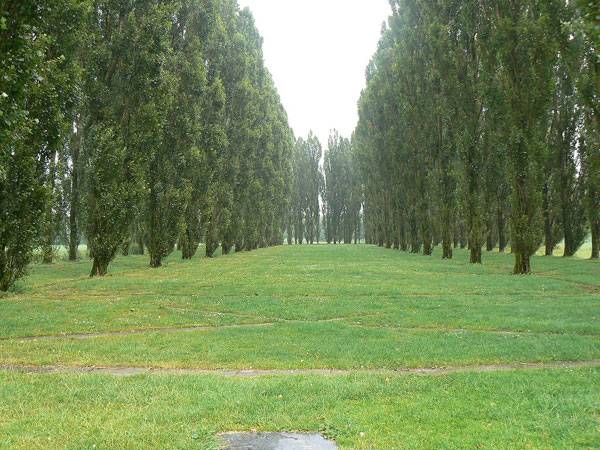
“Almere – Groene Kathedraal” by Stipo team – Flickr.com. Licensed under CC BY-SA 2.0 via Wikimedia Commons
The Monarchs
4. Eucalyptus globulus Eucalyptus is a special tree. It is fast growing, extremely tolerant, and it has interesting textured bark. As with most fast growing tree species, it consumes a lot of water while growing, but it can adapt to drought if necessary. Eucalyptus is also very susceptible to fire, which suggests it should be kept away from any inhabited area. There is another disadvantage. Due to their high water demand and dense shade, very few plants thrive under a Eucalyptus tree. Those that do survive are in a very poor condition. Eucalyptus is a landscape dominant tree, therefore it is hard to combine and maintain along with other plants. (4)
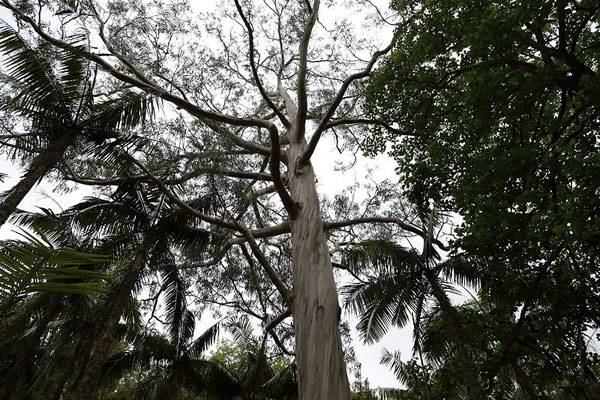
“Eucalyptus globulus”. Author – C T Johansson. Licensed under CC BY-SA 4.0 via Wikimedia Commons
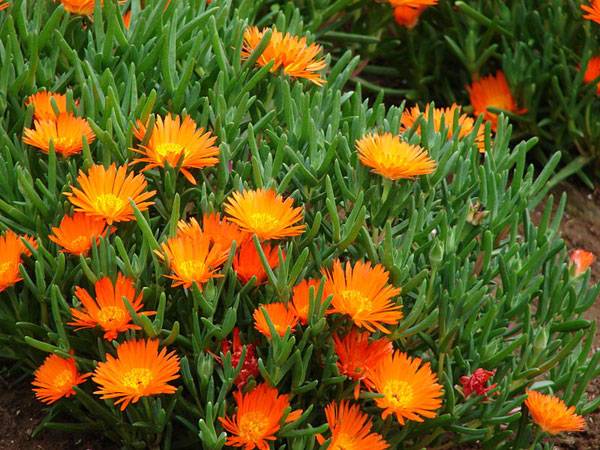
“Lampranthus sp. (flowers). Location: Maui, Kula”. Author – Forest & Kim Starr. Licensed under CC BY-SA 3.0 via Wikimedia Commons
- 10 of the Most Common Mistakes People Make in Planting Design and How to Avoid Them
- Key Insights on Planting Design in our Interview with Top Plantsman Adam Woodruff
- Top 10 Names in Planting Design
Recommended Reading
- Planting: A New Perspective by Noel Kingsbury
- Planting Green Roofs and Living Walls by Nigel Dunnett
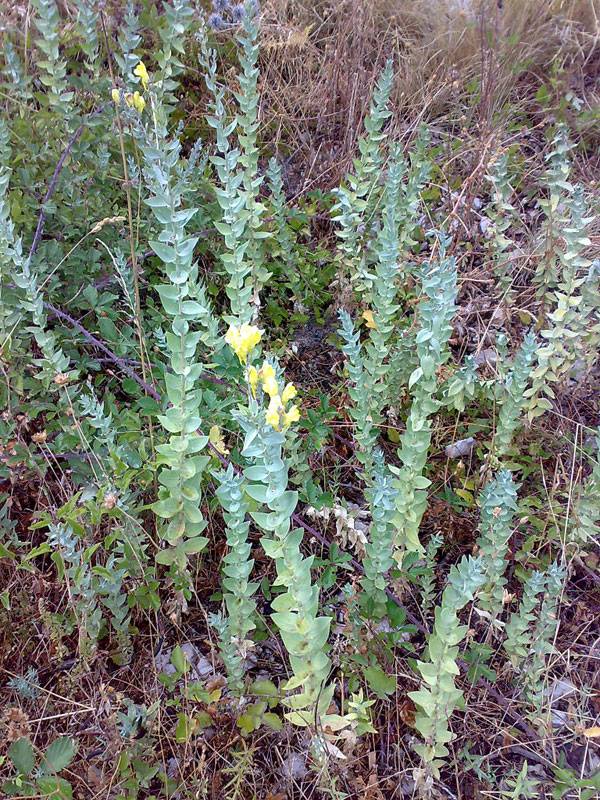
“Linaria genistifolia ssp dalmatica, from Negosji village, Lovcen National Park, Montenegro.”. Author – Bjoertvedt. Licensed under CC BY-SA 3.0 via Wikimedia Commons
The Poisonous Ones
7. Thevetia peruviana Thevetia looks like the exotic version of Nerium oleander. It is a beautiful and easy to grow shrub. But its fruits are not edible and in large quantities could are poisonous. Therefore, it should not be used in schemes that will be used by children.
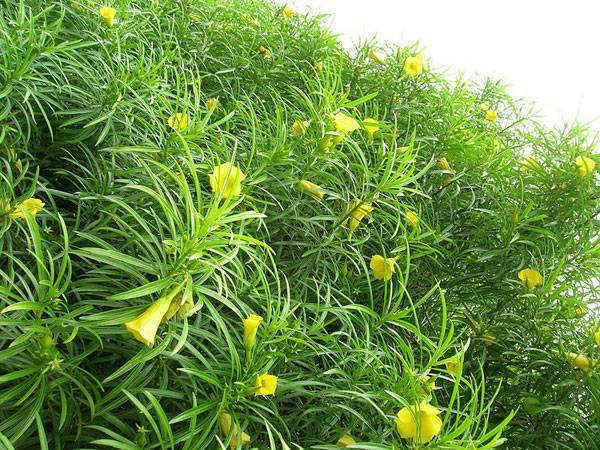
“Starr 060916-8884 Thevetia peruviana” by Forest & Kim Starr. Licensed under CC BY 3.0 via Wikimedia Commons
The Allergy Causing Species
8. Albizia julibrissin Albizia julibrissin is a beautiful medium sized tree. Unfortunately, it can be a potential source of allergens when in bloom during spring.
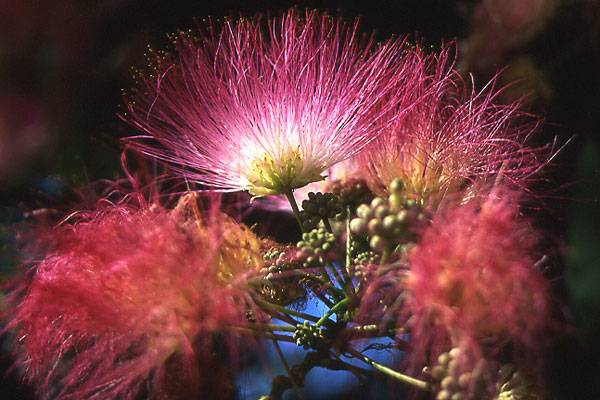
“Albizia julibrissin ‘Rosea’ flower detail”. Author – Bjoertvedt. Licensed under Public Domain via Wikimedia Commons
Plants With a Bad Odour
9. Tulbaghia violacea & 10. Ruta graveolens Tulbaghia violacea and Ruta graveolens shrubs bloom beautifully during spring and summer and both create interesting forms in boarders and clusters. The characteristic odor they emit however makes them unsuitable for sitting areas, or small gardens.

TOP: “Tulbaghia violacea”. Author – Manuel Martín Vicente from Valdemoro, Spain. Licensed under CC BY-SA 2.0 via Wikimedia Commons. BOTTOM: “Licensed under CC BY-SA 3.0 via Wikimedia Commons”. Author – H. Zell. Licensed under CC BY-SA 2.0 via Wikimedia Commons.
What is there to use?
It may seem frustrating after excluding so many plants from our range of selection. However, there are species that would rarely fail you and they could adapt and become integrated in the landscape. Olea europaea for example, works great both in the ground or in pots. It can be either clipped or left to grow in a more natural form, and it is easily transplanted. The Olive tree is therefore easy to include in your design, if you have the right climate. My personal favorite is Pistacia terebinthus. It has special, dense foliage and a nice color. It favors cooler coastal climates.

“Pistachier” by greffer.net . Licensed under CC BY 2.5 via Wikimedia Commons
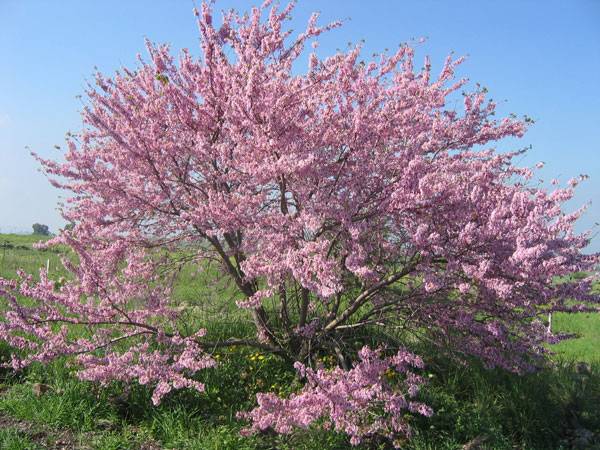
“PikiWiki Israel 3421 Geography of Israel” by מאוסף התמונות של אורנה לוטן. Licensed under CC BY 2.5 via Wikimedia Commons
Recommended Reading
- Planting: A New Perspective by Noel Kingsbury
- Planting Green Roofs and Living Walls by Nigel Dunnett
Article References:
1. https://www.nature.org/ourinitiatives/regions/northamerica/unitedstates/indiana/journeywithnature/tree-of-heaven-1.xml 2. https://mobile.floridata.com/Plants/Agavaceae/Yucca%20aloifolia/265 3. https://homeguides.sfgate.com/disadvantages-lombardy-poplar-tree-65089.html 4. https://www.pulpapernews.com/2009/04/the-pros-and-cons-of-eucalyptus 5. https://www.invasivespeciesinfo.gov/plants/toadflax.shtml Article by Eleni Tsirintani Return to Homepage
Published in Blog




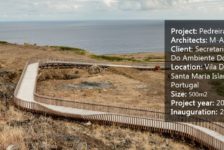

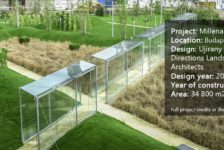

Pingback: Mediterranean Plants | Ravenclaw